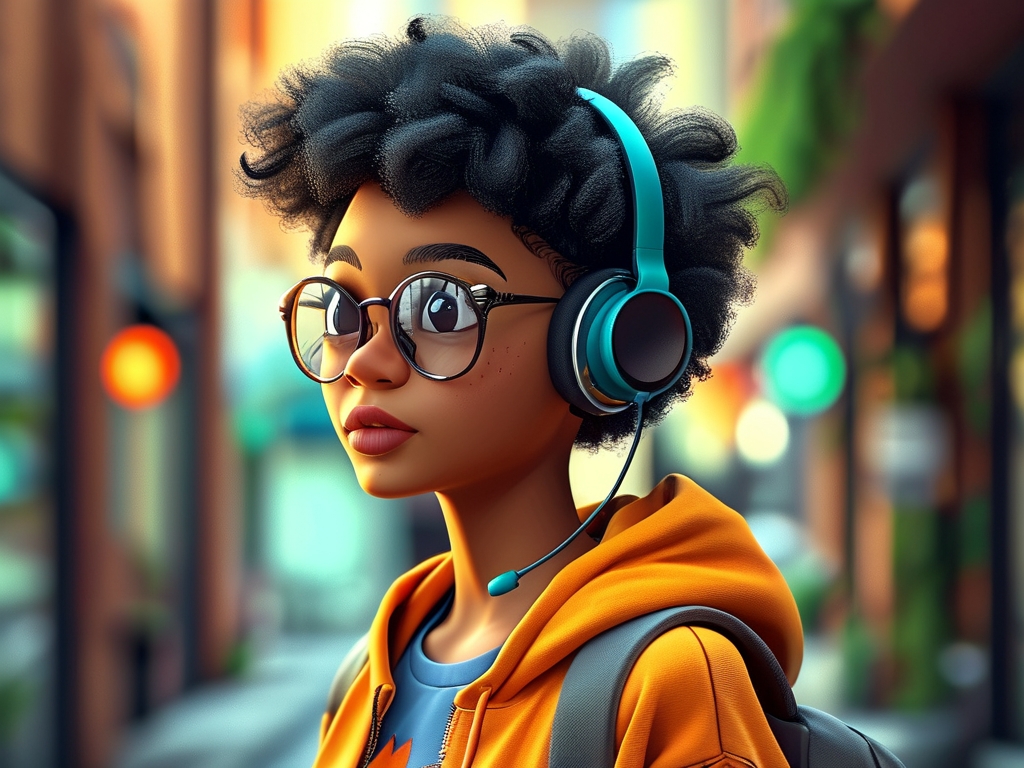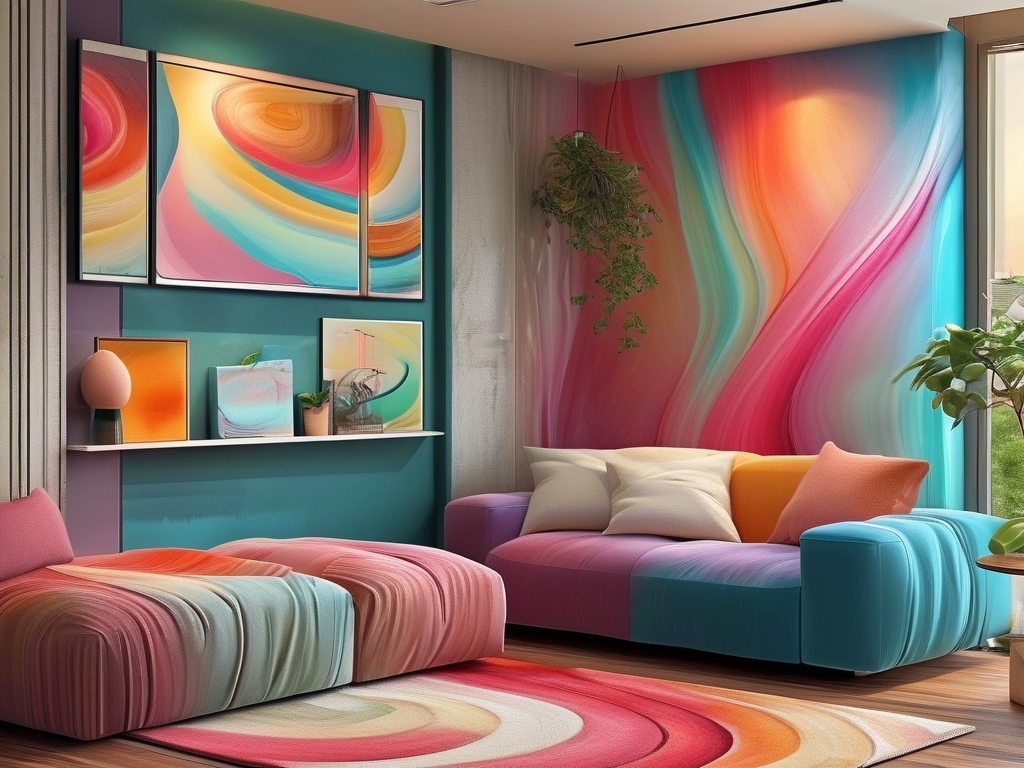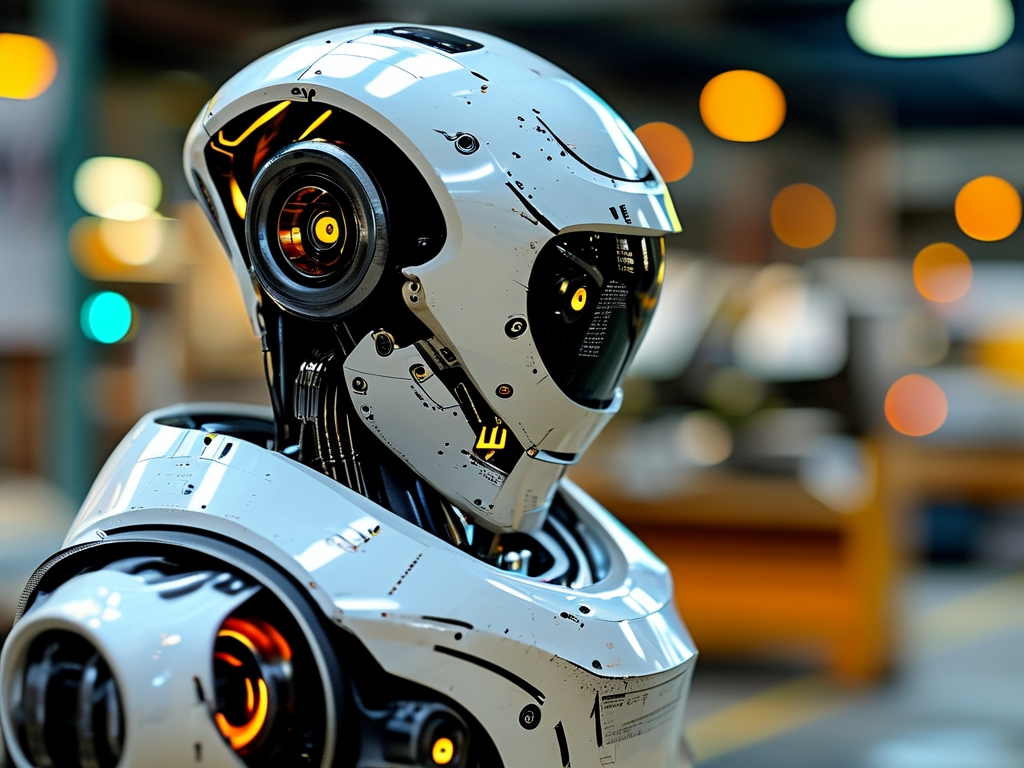In today’s digitally driven world, the role of an interaction designer has become pivotal in shaping how humans engage with technology. Far from being limited to creating visually appealing interfaces, interaction designers act as mediators between user needs, business goals, and technical feasibility. This article explores the multifaceted responsibilities of interaction designers, their evolving skill sets, and their impact on creating meaningful digital experiences.

Defining Interaction Design
Interaction design (IxD) focuses on designing interactive products, services, and systems that facilitate seamless communication between users and technology. Unlike traditional graphic design, which prioritizes aesthetics, interaction design emphasizes usability, functionality, and emotional resonance. An interaction designer’s primary goal is to ensure that every touchpoint—whether a mobile app, a smart device, or a web platform—feels intuitive, efficient, and enjoyable for the user.
The Core Responsibilities of an Interaction Designer
-
User Research and Empathy: At the heart of interaction design lies a deep understanding of user behavior. Designers conduct qualitative and quantitative research—through interviews, surveys, and usability testing—to identify pain points, preferences, and unmet needs. By empathizing with diverse user groups, they create personas and user journey maps that guide design decisions.
-
Prototyping and Iteration: Interaction designers translate insights into tangible solutions. Using tools like Figma, Sketch, or Adobe XD, they build wireframes and interactive prototypes to test concepts. This iterative process allows designers to refine interactions based on feedback, ensuring the final product aligns with user expectations.
-
Collaboration with Cross-Functional Teams: Interaction designers rarely work in isolation. They collaborate closely with UX researchers, developers, product managers, and marketers. For example, a designer might partner with engineers to ensure animations run smoothly or work with content strategists to craft microcopy that enhances usability.
-
Balancing Aesthetics and Functionality: While usability is paramount, interaction designers also consider visual hierarchy, motion design, and branding. A well-designed button isn’t just clickable—it provides feedback (e.g., a color change or animation) to confirm the action, creating a sense of responsiveness.
-
Ethical and Inclusive Design: Modern interaction designers advocate for accessibility and inclusivity. They ensure products comply with standards like WCAG (Web Content Accessibility Guidelines) and consider edge cases, such as designing for users with disabilities or those in low-bandwidth environments.
The Evolving Skill Set
The role demands adaptability as technology advances. Today’s interaction designers must:
- Understand Emerging Technologies: Familiarity with AI, voice interfaces, AR/VR, and IoT is increasingly valuable. For instance, designing a voice-activated assistant requires rethinking traditional screen-based interactions.
- Master Data Literacy: Analyzing user analytics helps designers measure success and identify areas for improvement. A/B testing and heatmaps are common tools for optimizing interactions.
- Embrace Systems Thinking: With the rise of complex ecosystems (e.g., smart homes or connected healthcare devices), designers must map interactions across multiple platforms and devices.
Challenges in the Field
Interaction designers face unique challenges:
- Managing Conflicting Priorities: Stakeholders may prioritize speed over usability or aesthetics over functionality. Designers must advocate for user-centric solutions while navigating business constraints.
- Keeping Pace with Innovation: Rapid technological shifts require continuous learning. A designer skilled in mobile app interfaces today might need to adapt to designing for wearables or (metaverse) environments tomorrow.
- Ethical Dilemmas: Features like dark patterns (e.g., manipulative cookie consent pop-ups) raise ethical questions. Designers must balance business metrics with user trust.
Case Study: Redefining Healthcare Apps
Consider a project where an interaction designer overhauls a telehealth app. Through user interviews, they discover that elderly patients struggle with small buttons and unclear navigation. The designer prototypes larger touch targets, adds voice-guided instructions, and simplifies the appointment-booking flow. By collaborating with developers, they ensure the app works seamlessly on both smartphones and tablets. Post-launch analytics show a 40% increase in user retention—a testament to the designer’s impact.
The Future of Interaction Design
As AI and automation reshape industries, interaction designers will play a critical role in humanizing technology. Future trends include:
- AI-Driven Personalization: Designing adaptive interfaces that learn from user behavior.
- Gesture and Haptic Feedback: Innovating beyond screens with touchless interactions (e.g., hand gestures for AR).
- Sustainability: Reducing digital carbon footprints by optimizing data-heavy interactions.
The role of an interaction designer is dynamic and indispensable. By blending empathy, technical knowledge, and creativity, they craft experiences that resonate deeply with users while driving technological progress. As the digital landscape evolves, interaction designers will continue to bridge the gap between human needs and the limitless possibilities of technology.




